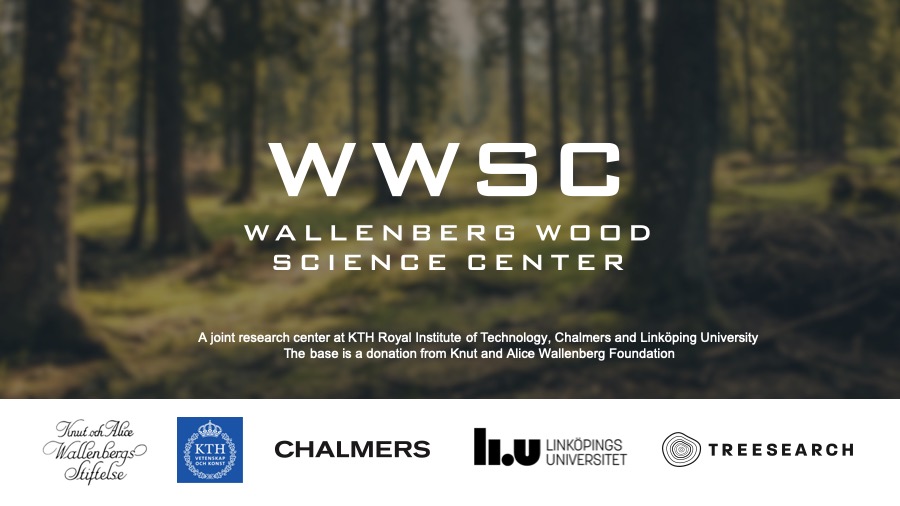Porous, optical and IR-absorbing cellulose for solar evaporators
This project aims at investigating how conducting polymers interact with forest-based materials to form hierarchically nanostructured aerogels. We will develop protocols for fine tuning the structural and mechanical properties of cellulose-base conducting aerogels, and to control the penetration of solar absorbers (i.e. conducting polymers) in the nanostructured forest-based aerogels. We will study how energy is […]
Soft cellulose-based robotics
The project is focused on the development of novel concepts for soft electromechanical actuators and robotics based on nanocellulose composites. Nanocellulose foams are light weight and compressible, making them ideal for functionalization for actuators. Magnetic and electronic functional composites will be developed and fabricated into novel device concepts. The project is part of WWSC.
Simulation and modelling of wood-based advanced functional materials

In this project we perform multi-scale theoretical modelling of wood-based materials and devices ranging from the Molecular Dynamics and ab initio simulations on the atomistic level to the drift-diffusion device simulation on the system level to answer the fundamental questions concerning material structure, morphology, polymerization, porosity, ion diffusion, role of water, solvents and many others, […]
Conductor patterns in wood and paper
This project is part of WWSC 2.0 at LiU. The project aims at investigating methods to modify cellulose-based materials such as paper to become electrically conductive, and moreover to do so in a spatially constrained way, in order to create conductor patterns. The long-term goal of the project is deriving 3D patterning and manufacturing techniques […]
WWSC Wood template electronics
This project is part of WWSC 2.0 at LiU. The project aims to functionalize pretreated wood chips with electroactive materials to achieve electronic functionality.
Tunicap
The tunicap project aims to investigate how cellulose extracted from ocean living tunicates (swedish: sjöpungar) can be used in cellulose-based organic electronic components, especially supercapacitors. One of the project aims is comparison with forest-based cellulose and nanocellulose and understanding of the similarities and differences.
0-3D Production of power papers
In 0-3D, we explore process protocols and manufacturing techniques for products based on electro-functionalized cellulose and cellulose nanofibrils (CNF) at large scale and volumes – Production of Power Papers. Bulky cellulose and CNF structures are excellent as the 3D scaffold for electro-active nanoparticles (0D), nano-fibers (1D) and coaxial coatings (2D) in order to scale-up high-performing […]
Wallenberg Wood Science Center

Wallenberg Wood Science Center is a research center with a focus on new materials from trees. The center creates knowledge and builds competence that has the potential to form the basis for an innovative and sustainable future value creation from forest raw materials. WWSC is a joint research center between KTH Royal Institute of Technology, […]

